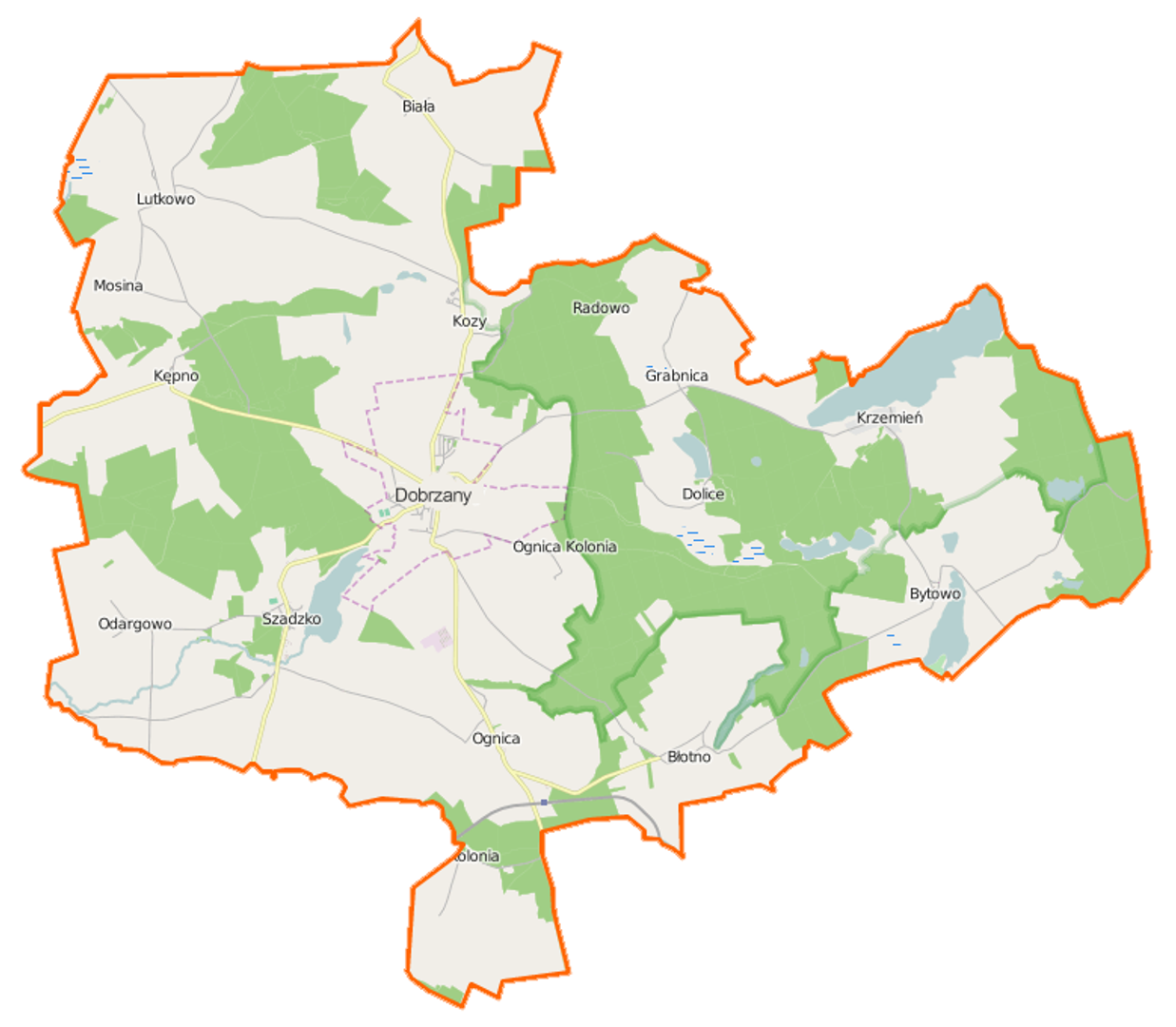Dobrzany
6.44

Overview
Dobrzany is an urban-rural municipality in the West Pomeranian Voivodeship, located in the southeastern part of the Stargard County, with its seat in the town of Dobrzany. The municipality covers an area of 134.73 km², which constitutes 8.9% of the county's area, and in 2009 it was inhabited by 4,928 residents. The area of the municipality is characterized by rich nature, situated in the Ińskie Lakeland, with 24% of its area covered by forests and 62% by agricultural land. Within its territory lies the Iński Landscape Park, and four lakes: Krzemień, Dolice, Sierakowo, and Okole, which are classified as having second-class water purity, contributing to the growing tourism. The municipality operates a modern wastewater treatment plant, and the Pęzinka River, suitable for kayaking, flows through its area. Dobrzany is the only town in the region without direct provincial roads, and transportation is provided by roads to Stargard and railway lines, although most of them were closed in the 1990s. The municipality has a rich transport history, with the first railway connections established in 1896; the operations of subsequent railway lines changed by the end of the 20th century, but since 2006, traffic has been restored on the Stargard – Kalisz Pomorski section. In the municipal administration in 2016, budget expenditures amounted to 19 million złoty, with revenues of 17.9 million złoty, and public debt reached 7.5 million złoty. Dobrzany consists of 13 village districts, including Biała, Błotno, Dolice, and Ognica, which diversify the cultural and social life of the municipality. Architecturally, the municipality reflects the history of the region, and the developing tourist infrastructure and natural attractions are drawing an increasing number of visitors. The municipality also benefits from the cultural heritage of the West Pomeranian region, including traditions related to agricultural and forestry production and craftsmanship. It is worth visiting Dobrzany to discover not only the beauty of the local nature but also its historical treasures and often forgotten traditions.
Location
You can also find here:
2025 Wizytor | All Rights Reserved

